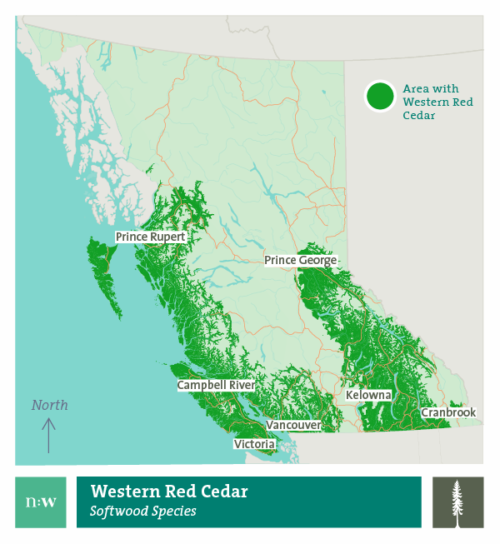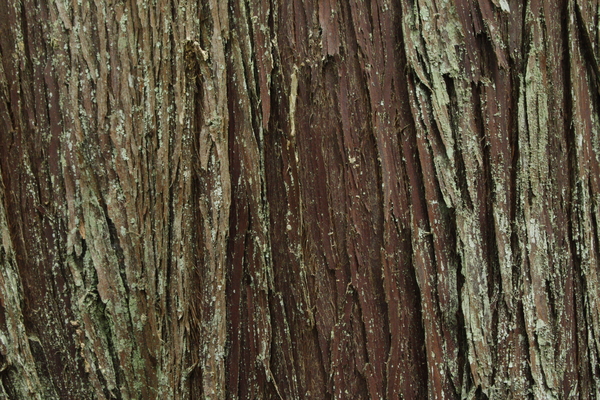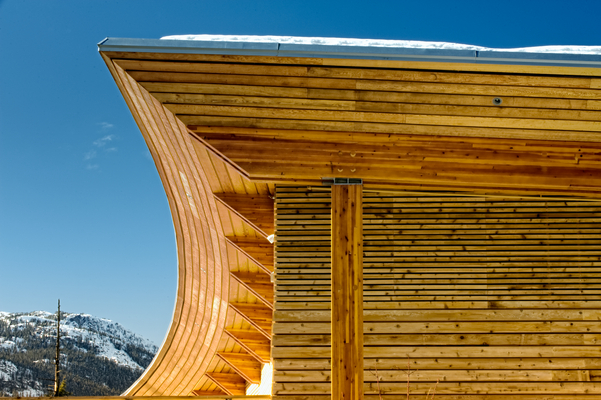Common uses and applications
Western red cedar is naturally resistant to decay and insect damage, so no chemical treatment is required. Its superior durability, aesthetic beauty and dimensional stability make it an excellent choice for exterior applications in residential or commercial projects. It is used for roof shingles, exterior siding and cladding, decking, weather boarding, portable buildings, poles, posts and fences, and ship and boat building. It is a popular wood for outdoor uses such as greenways, public art, urban parks and landscape design, patio furniture, playground equipment, greenhouses, garden boxes, gazebos, sheds and pergolas.
Western red cedar is an attractive wood for interior applications including sashes, doors and windows, ceiling and wall panelling, and custom millwork. Its dimensional stability makes it perfectly suited for sauna panelling, mouldings and window blinds. It is a good choice for musical instruments due to its superb acoustic resonance properties.
Western red cedar holds important spiritual and cultural meaning for Indigenous Peoples in B.C., and they use it for medicines, essential oils, spiritual ceremonies and other cultural uses. Indigenous peoples use almost every part of a cedar tree. Roots are dried and braided to make hats and baskets. Withes are strong, lightweight and naturally grow in long strands so they are suitable for ropes and lashing. Bark is dyed and processed into thread for mats, clothing, blankets and hats. Bark is also used for ropes, baskets and fishing nets. Dried bark is an excellent tinder for matches and torches. Cedar wood is used for totem poles, carvings, masks and longhouses, as well as canoes, paddles, hooks, spears and fishing floats. Fish are preserved in cedar smokehouses or dried on cedar racks.
Western red cedar is also used by Indigenous people to make bentwood boxes to store food or other goods. The boxes are made from a single cedar plank which is steamed until pliable and then bent. The two sides are pegged together. The boxes are decorated with paint or carvings.
Four Host First Nations Pavilion | Photo credit: KK Law






